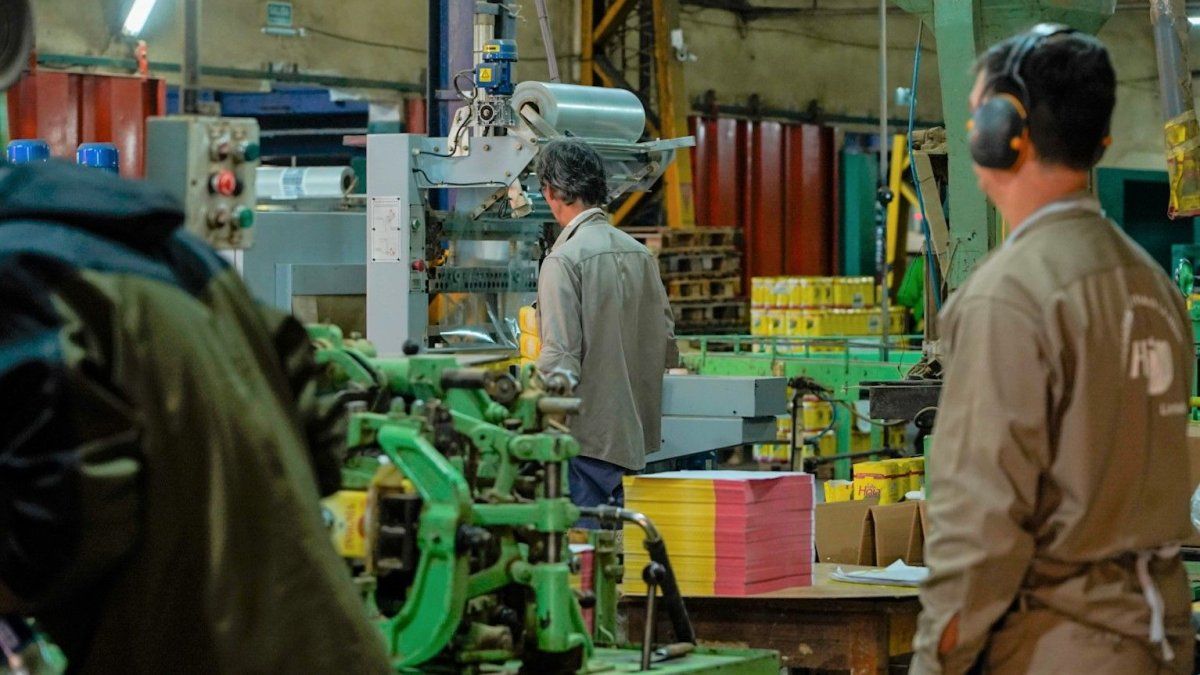One of the most important problems faced by small and medium-sized companies in the manufacturing and software sector is impact of taxes on the cost structure, something that is usually the first warning given to the Government when the need for commercial opening is raised.
A report of the Pyme Observatory Foundation (FOP) points out that only two taxes, Gross Income and the Safety and Hygiene Rate, represent 9% of the total cost of industrial SMEs. In the case of software, it is 13%.
For the new director of the FOP, Federico Poli, such levels of taxation are “a brutality” that is not recorded in other countries with which Argentine companies would have to compete.
fop.png
In turn, the report indicates that SMEs have another problem which is the accumulation of credit balances of the Value Added Tax (VAT) and Gross Income, due to the multiple advance collection mechanisms.
The cost of the companies in this way increases by 5% more for SMEs of tradable goods and 8% for those of software. So, if both items are added, taxes represent between 13% and 21% of a company’s costs throughout Argentina. Although companies have balances in favor of taxes at the national and provincial level, these are almost never executed or are done with delays, which implies an additional financial cost.
The FOP report says that in the case of industries, 48% of their provincial and municipal tax burden is made up of the Gross Income Tax. The Safety and Hygiene Tax is 19% and to that is added Stamp Tax, with 4, and other taxes with 28%. For software companies, the charge is 77% Gross Revenue4% Safety and Hygiene Rate; 3%, stamps and the rest, with 17%.
This is data from the third quarter of this year, from a survey that FOP has been carrying out for 28 years in a sample of 500 firms, of which 400 are industrial and 100 software.
Recession slows down in SMEs
The FOP report maintains that, ““In the third quarter, we began to see a certain loss of intensity of the recession.” “In any case, the variables remained in negative territory. Sales have accumulated 11 consecutive quarters of decline,” says the study.
In relation to sales, the report indicates that “in the third quarter there was an improvement in the year-on-year data with a decrease of only 1% which, in part, is due to an already low comparison base.”
Meanwhile, production contracted 13% year-on-year, which explains the sixth consecutive quarter of decline. “These data have had an impact on employment, most worrying due to the centrality of human resources for SMEs. It contracted 7% year-on-year, the largest drop in the quarterly series that begins in 2016,” the report says.
Source: Ambito
David William is a talented author who has made a name for himself in the world of writing. He is a professional author who writes on a wide range of topics, from general interest to opinion news. David is currently working as a writer at 24 hours worlds where he brings his unique perspective and in-depth research to his articles, making them both informative and engaging.




